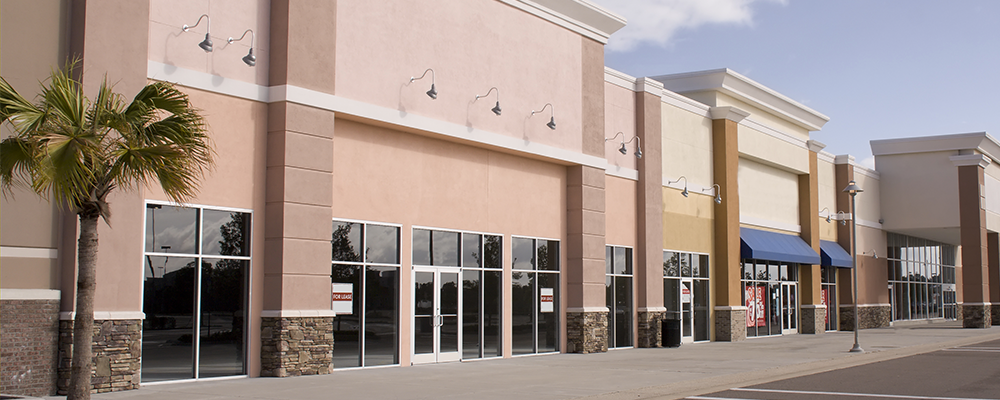
Net Lease Retail Market Update | Q2 2018
Net lease retail properties have seen a decline in transaction volume over the past two years. Let’s take a look at what is happen in the retail market a bit more closely.
Barry Slatt Mortgage Company likes to highlight industry experts that are leaders in commercial real estate. As a company rooted deeply in financing retail properties we receive an overwhelming amount of demand for information for our clients who invest in the retail marketplace. To help inform our client base and provide current market intel, Michael Kaplan, President at Barry Slatt Mortgage, recently discussed this topic with Putnam Daily, Partner, at Preserve West Capital. Preserve West Capital is a national investment brokerage platform based in San Francisco and Silicon Valley. The following are excerpts from a discussion focused on the net lease retail sector:
Kaplan: As we begin the second quarter can you provide perspective on the current activity in the net lease retail sector?
Daily: While buyers and sellers continue to be cognizant of the upward pressure on interest rates this past quarter, demand has remained healthy from private capital for net lease retail properties despite a gradual decline in overall transaction volume the past two years. With gradually declining demand from private capital and an increasing supply of available properties, CAP rates have moved up on some asset classes. Investors continue to focus on how e-commerce will play into the long-term viability of certain retailers; this has segmented the market relative to the size and use. Those properties tenanted by ‘experience’, food or discount operators, or the ‘winners’ in their space have remained highly sought after. The amount of traditional box and drugstores in the market has pushed yields upward overall as buyers consider a smaller pool of tenants for eventual re-tenanting down the road. Investors are drawn to utility more than ever as there seem to be more unknowns on the horizon as the retail world evolves.
Kaplan: Have cap rates adjusted in any specific direction considering recent interest rate volatility?
Daily: With interest rates up approximately 25-50 basis points since the start of the year, CAP rates have only shifted in the asset classes that are most commonly financed – drugstore, junior box, higher price point retail strip (dependent on the market/region), and shopping center product. Single tenant freestanding (QSR, bank, convenience-gas, discount) and smaller price point assets have seen little shift in pricing since the start of the year, as there remains a limited inventory of quality assets in this space. Additionally, pricing for these assets correlates less with possible financing terms.
Kaplan: How much product do you see coming online over the balance of the year, and are your preferred developer clients forecasting anything different for 2019?
Daily: Retailers are continuing to expand in different segments of the market than what we have traditionally experienced. Consumer spending remains strong, so developers are finding assignments in growth or recovering markets. However, the cost of construction and land pricing makes penciling new development opportunities in the retail space challenging considering alternative uses can be seen as more compelling (multi-family, office, or mixed use) relative to higher levels of rent growth experienced in those spaces. So, while we expect to see supply increase through the year based on projects that started over the last 18 to 36 months, retail developers are finding it more difficult to contend with competing uses in their markets. This could lead to less supply in the space in the coming 12 to 24 months. With seasoned assets also hitting the market due to changes in the retail sector, there will be continued supply in the market relative to the amount of demand.
Kaplan: Is the Big Box Retailer dead or are they re-inventing themselves? What has been the biggest positive to come out of the recent metamorphosis of big box spaces?
Daily: The Amazon effect is certainly changing the retail landscape, most considerably in the big box space. Big box users continue to learn that their data is as valuable as their service, so they are beginning to downsize appropriately in each market or cross-sell with experience-driven uses. They are responding to the shift for more convenience with pick-up options, same-day delivery via online ordering, etc. The biggest benefit has been to consumers more concerned about cost and convenience than experience or choice. Even as certain users die off, others that are streamlined to do so might find opportunities (i.e. Toys “R” Us filing leading to a resurgence of KB Toys expanding seasonal stores).
Michael Kaplan
President
michaelk@slatt.com